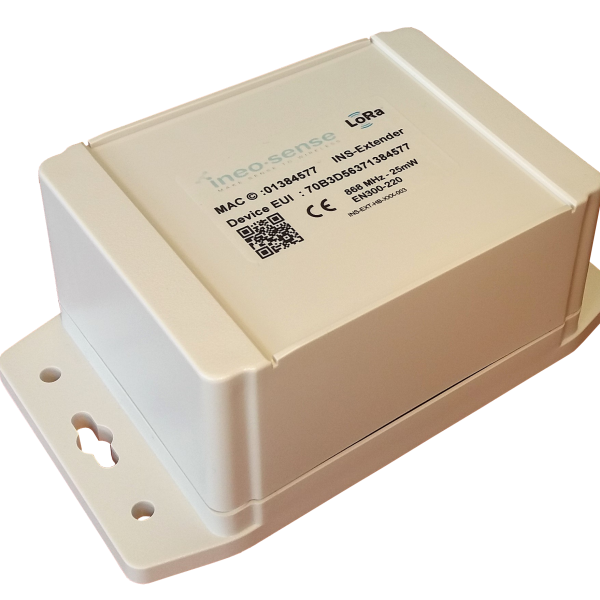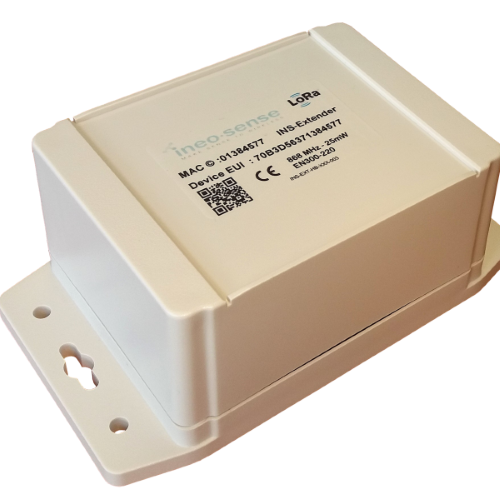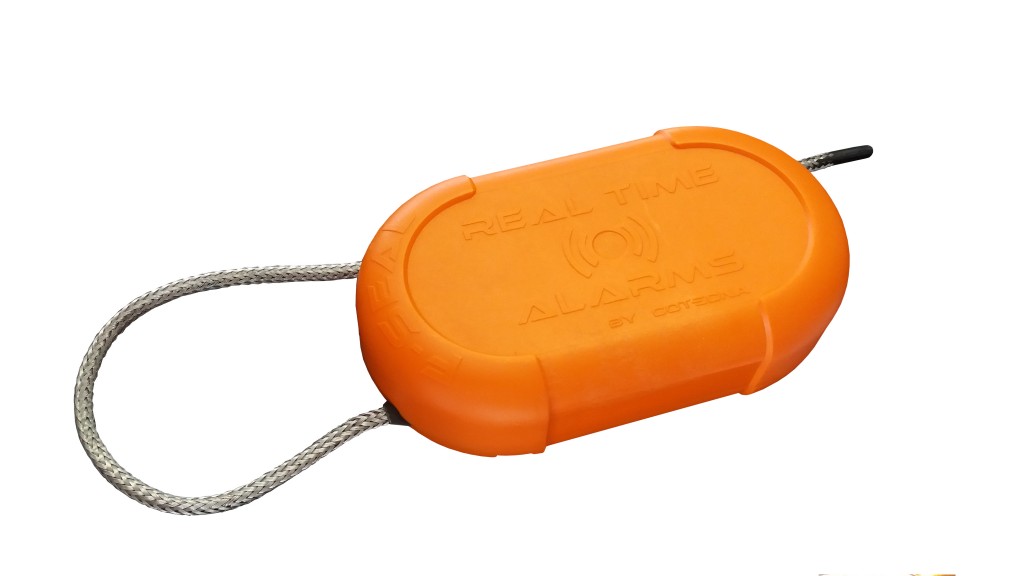The INS-Extender comes to life
Public LoRaWAN network coverage has seen significant growth but remains incomplete, especially in indoor environments. Indeed, over 85% of outdoor areas are covered, but once inside a building, these figures drop significantly. Ineo-Sense offers a solution to extend the signal from the deepest zones, even underground.
In the case study "Building Absorption and the RF Loss through Glass" conducted by APWPT, an experiment demonstrated radio insertion losses caused by construction materials. The study shows that for a double-layer brick wall with an air gap, the insertion loss is about 10 dB. Even a simple double-glazed window with a silver coating causes an attenuation of 20 dB. Literature reports RF attenuation values of 15 dB for 2.5 cm thick reinforced concrete, which can reach up to 35 dB for 30 cm thickness.
From this study, it can be easily deduced that a succession of walls, windows, and floors quickly impacts the quality of a radio signal. Thus, RF attenuation in an entire building could reach 100 dB, depending on the number, material, and thickness of internal partitions and doors.
These findings fuel doubts among industrial players about the real capability of LoRa solutions for indoor applications. This is explained by the fact that the public LoRaWAN network is definitely not suited for constrained environments like basements or buildings with thick walls. As shown in the figure below, an antenna installed on the roof quickly loses efficiency as soon as the signal passes through a wall: just 2 floors cause a 30% signal loss. Of course, LoRa operators offer solutions to extend the network, but this brings technical constraints and a significant financial impact, especially when the installation involves only a few sensors.
The INS-Extender device
This device addresses the LoRaWAN coverage gap. More specifically, it connects to the public network and acts as a repeater for Clover-Net compatible terminals (both uplink and downlink). Self-powered, the INS-Extender requires no wiring, making it particularly easy to install. Additionally, terminals transmit their data to the INS-Extender, which then relays it via LoRaWAN. This approach also allows for sharing LoRaWAN subscriptions, thereby reducing operating costs.
It is now possible to deploy a LoRaWAN infrastructure deep indoors without worrying about coverage gaps, all at an affordable cost and without technical complications.











